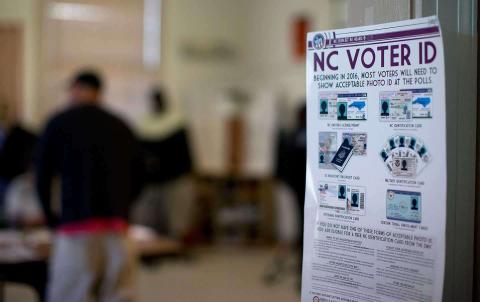Drinking for Breakfast
Prepared Foods

New research reveals that 39% of consumers use nutritional and performance drinks as a replacement for breakfast. What’s more, three in five (58%) consumers currently use nutritional and performance drinks as a meal replacement and 48% consume them as part of a meal, up from just 20% who used nutritional drinks as a meal supplement in 2012.









Spread the word